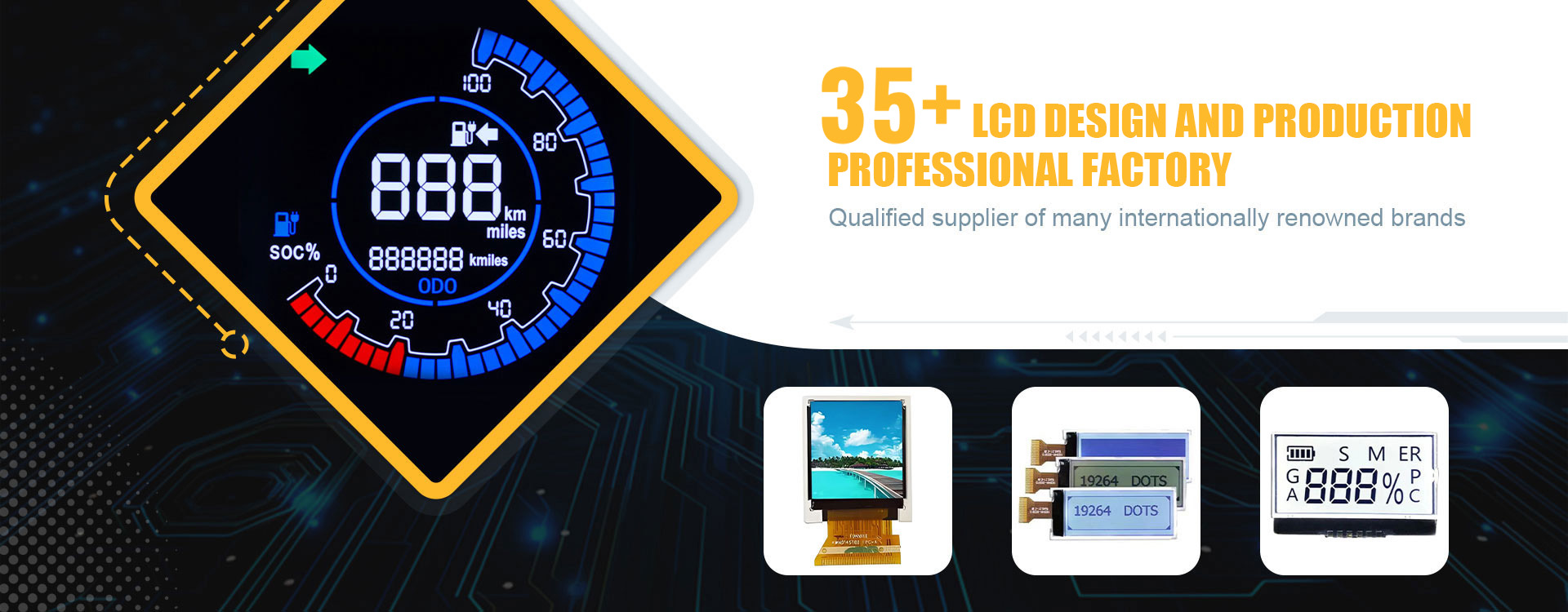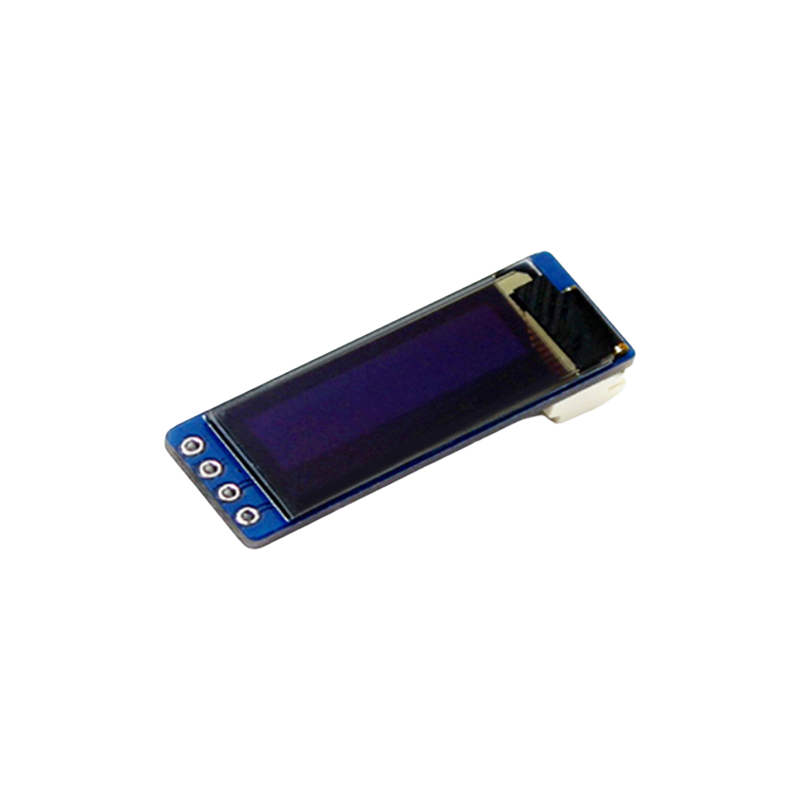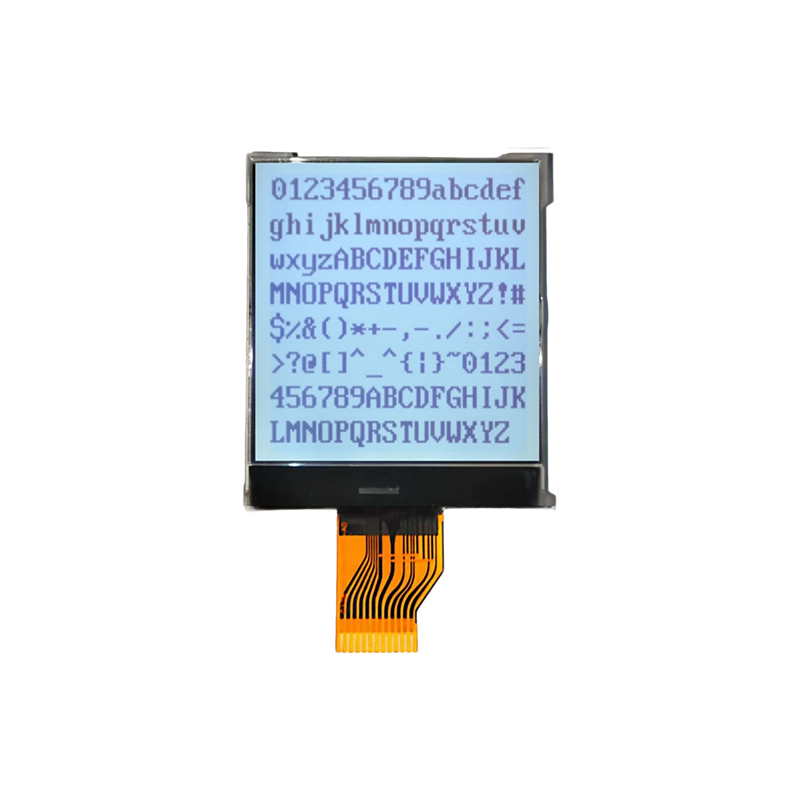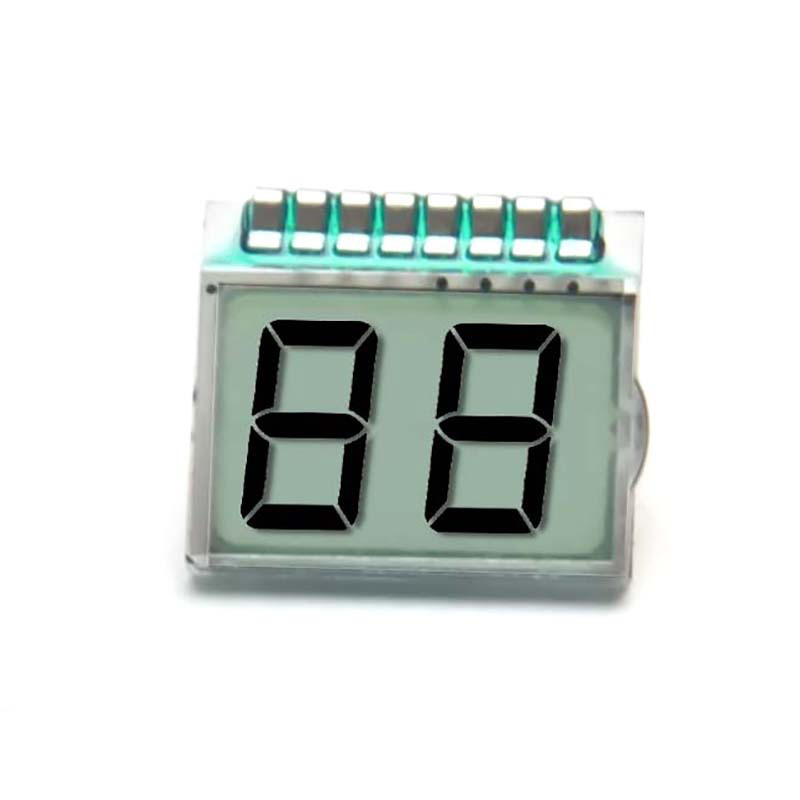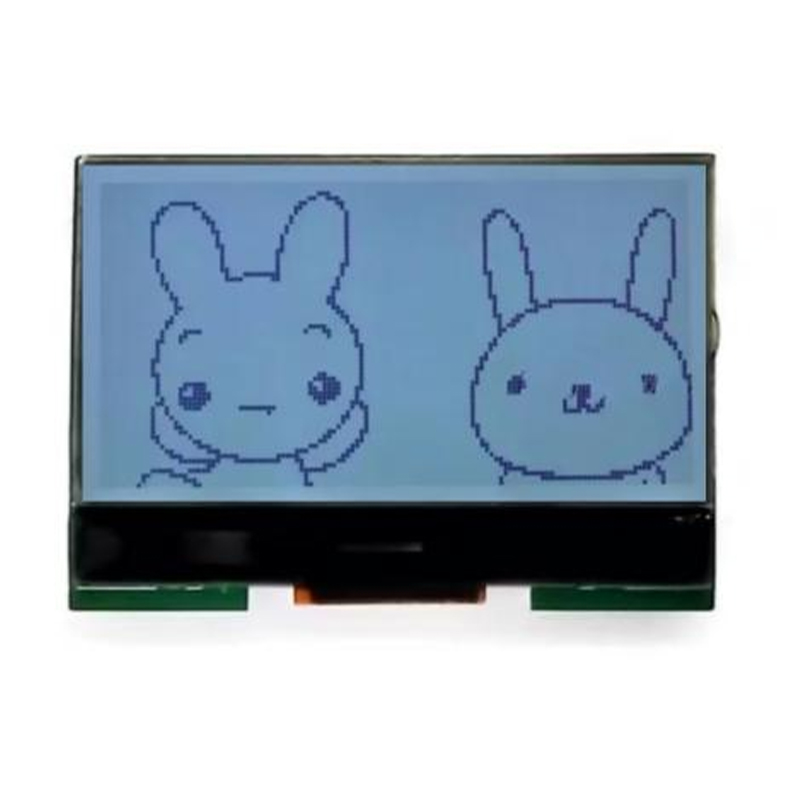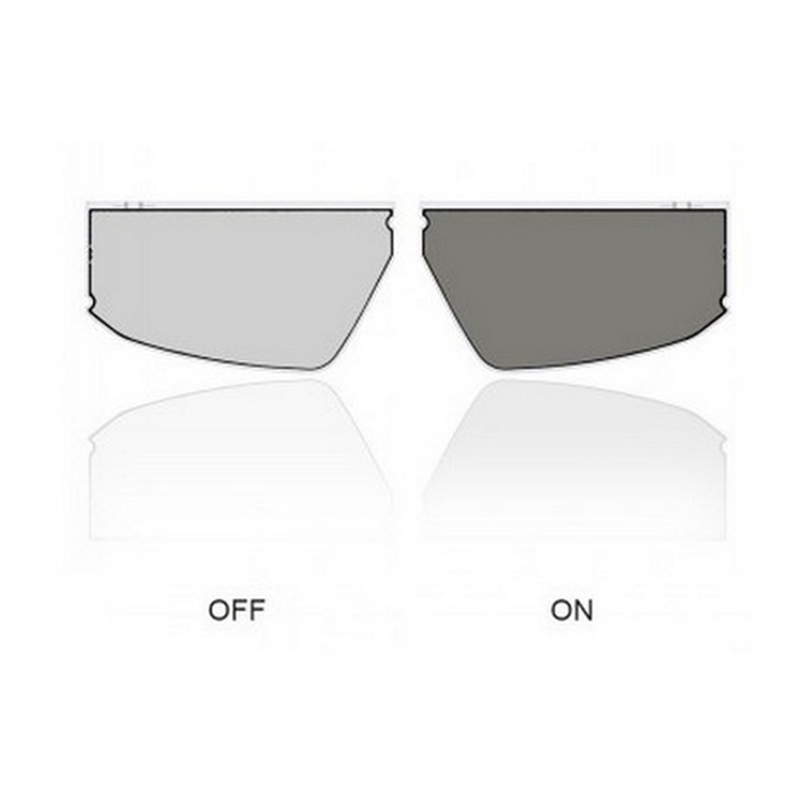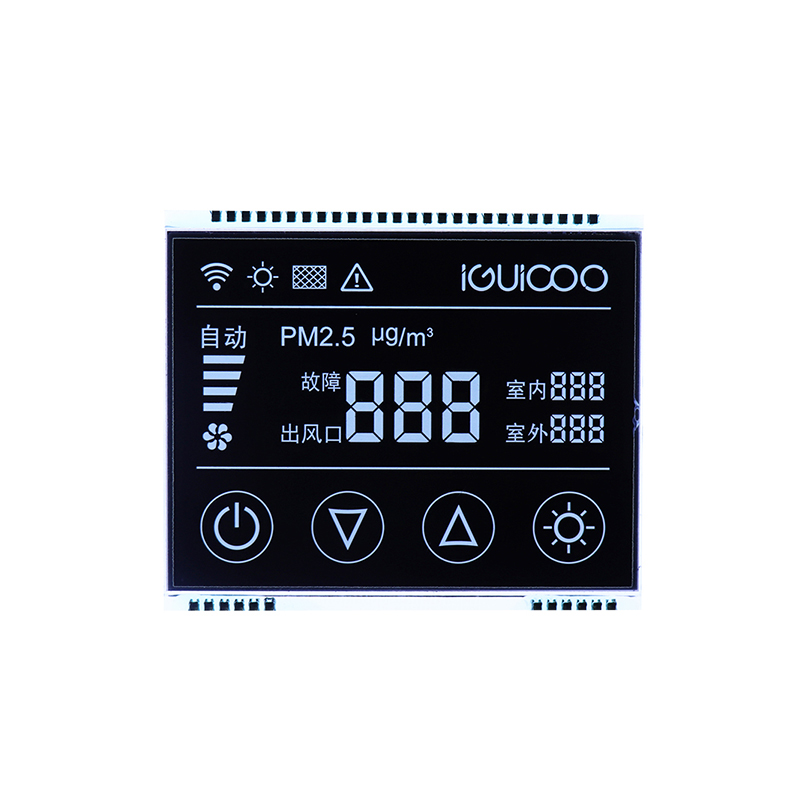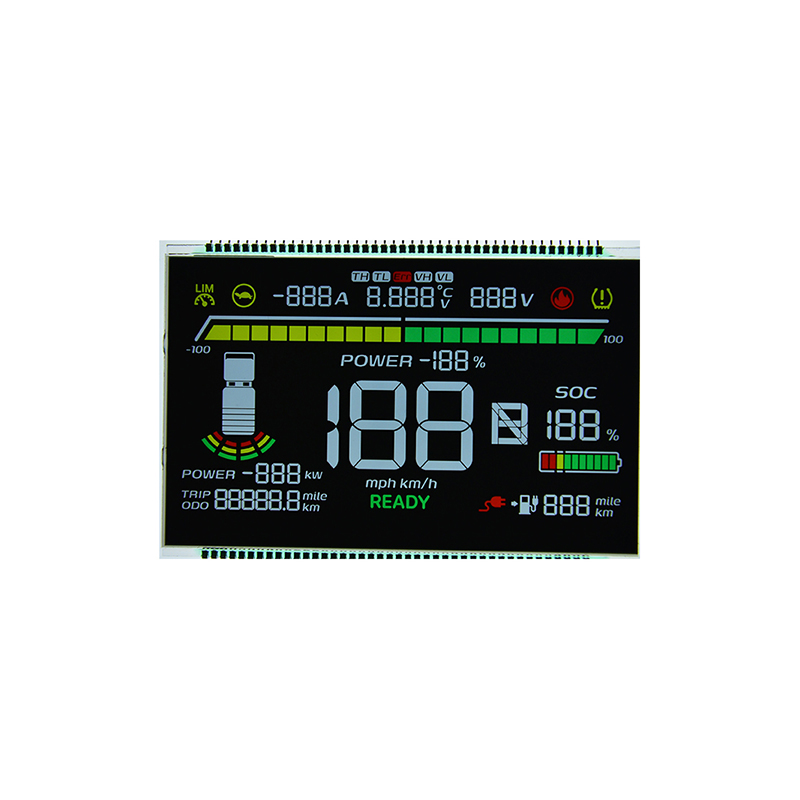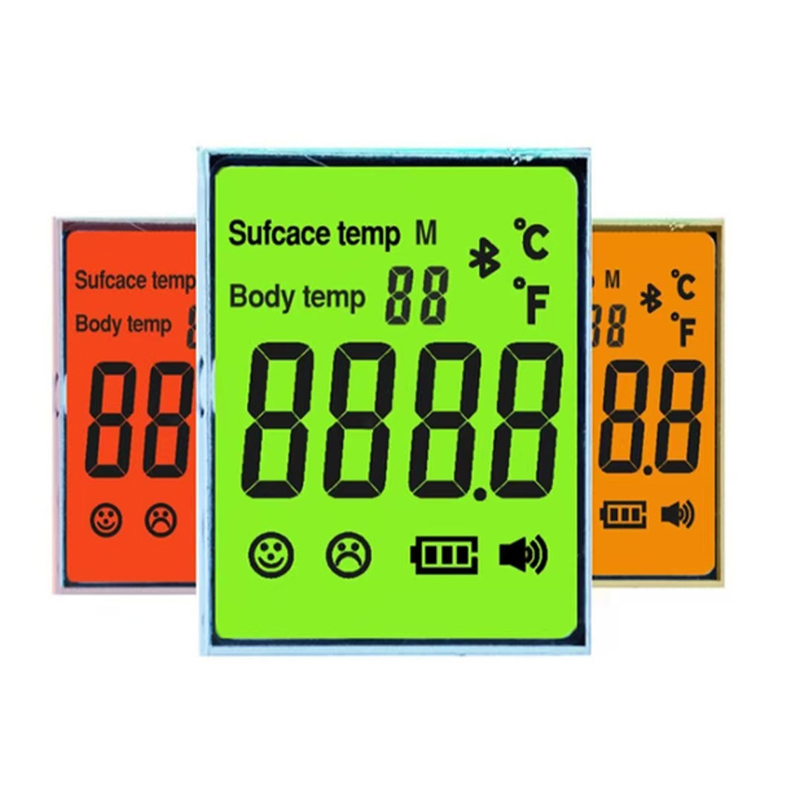
Selecting the right serial LCD product can be daunting given the variety available on the market. This comprehensive guide aims to simplify your decision-making process by providing detailed insights into key features, functionalities, and applications of different serial LCD options. We’ll examine crucial factors like resolution, interface type, power consumption, and overall performance to help you choose the best fit for your specific project.
Before diving into specific product recommendations, it's crucial to understand the different serial interfaces commonly used with LCDs. The most prevalent include SPI (Serial Peripheral Interface) and I2C (Inter-Integrated Circuit). SPI offers higher speed and is often preferred for applications requiring faster data transmission, while I2C is simpler to implement and uses fewer pins, making it ideal for smaller devices or projects with limited resources. The choice between SPI and I2C often depends on the specific needs of your application and the microcontroller being used.
The resolution of the serial LCD directly impacts the clarity and detail of the displayed information. Higher resolution allows for more intricate visuals and denser text. Similarly, the display size influences readability and usability. Consider the application; a small, low-resolution display might suffice for simple status indicators, while a larger, higher-resolution display might be necessary for more complex applications like data logging or user interfaces. Always match the screen size and resolution to the needs of your project.
The backlight type (e.g., LED, fluorescent) significantly affects power consumption, lifespan, and the overall visual appeal of the serial LCD. Brightness is also a critical factor; consider the ambient light conditions where the display will be used. An extremely bright backlight might be unnecessary in low-light environments, while insufficient brightness can render the display unreadable in bright conditions.
Power consumption is a vital consideration, particularly for battery-powered applications. Lower power consumption translates to longer battery life. Look for serial LCD products with low power modes and efficient backlight technologies to maximize battery life and minimize energy waste. Many datasheets provide detailed power consumption figures; make sure to review them carefully.
Ensure the serial LCD is compatible with your microcontroller or other controlling device. Verify the supported communication protocols (SPI, I2C, etc.) and the required voltage levels. Check the datasheets for both the serial LCD and your controller to ensure seamless integration.
While specific product recommendations require up-to-date market research, consider factors like those discussed above when evaluating different options. Always consult the manufacturer’s specifications (e.g., those found on the Dalian Eastern Display Co., Ltd. website) for accurate and detailed information.
Selecting the perfect serial LCD product involves careful consideration of several key aspects. This guide has provided a framework to help you navigate the available options effectively. By meticulously evaluating resolution, backlight characteristics, power consumption, interface compatibility, and other relevant factors, you can confidently choose a serial LCD that meets your project's specific demands and delivers optimal performance.
| Feature | Option A | Option B |
|---|---|---|
| Resolution | 128x64 pixels | 240x128 pixels |
| Interface | SPI | I2C |
| Backlight | LED | LED |
| Power Consumption | 50mA | 70mA |
Note: This table provides hypothetical examples. Actual specifications vary widely depending on the specific product. Always refer to the manufacturer's datasheet for precise details.
